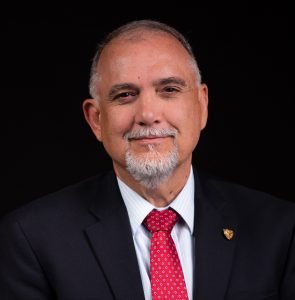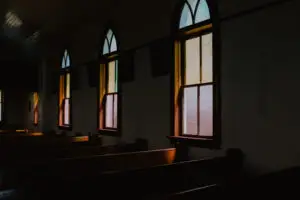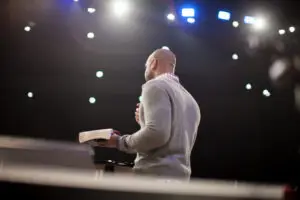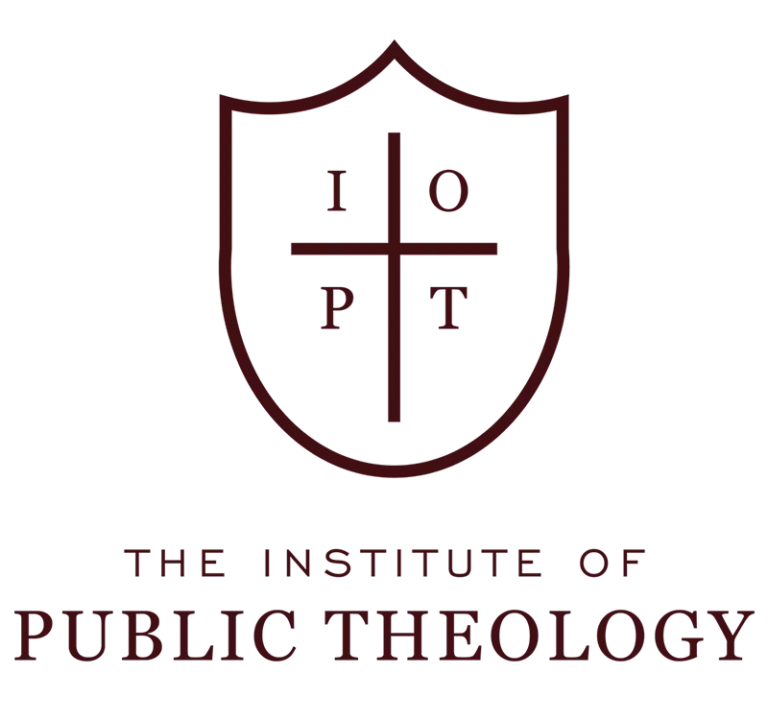Several have pointed out the Baptist Press story on the celebration of the famous Sandy Creek Baptist Church. The so-called “Sandy Creek tradition” has been less than accurately represented by some who would like to suggest that the Separate Baptists who came from that church and association were opposed to Calvinism. Often this is done by speaking of the Sandy Creek tradition as being committed to evangelism and the Charleston tradition as being committed to Calvinism, and these two (or more) traditions combining to form the Southern Baptist Convention. Such historiography misrepresents the Sandy Creek tradition and is suspect at best. It actually follows a thesis developed and popularized by Walter Shurden and Fisher Humphreys–men that no SBC “inerrancy leader” would ever confuse with being conservative. I find it strange, then, that someone like Paige Patterson would uncritically espouse this theory in explaining Southern Baptist origins.
I have written on this in different places–once in a brief overview of the reformation heritage of the SBC and once as a response to comments and challenges that Dr. Patterson made to students and faculty at Southeastern Baptist Theological Seminary. In the latter, I wrote this:
“The evangelistic fervor of the Charleston tradition is only one side of the evidence which refutes the skewed historical interpretation that Charleston and Sandy Creek were separated by Calvinism and missionary zeal. The implication that the Separate Baptists of Sandy Creek were somehow anti-Calvinistic is, at best, a thesis which is difficult to defend. Indeed, there is ample evidence to suggest that Separate Baptists were just as convinced of the Reformed understanding of salvation as were their Regular Baptist brethren.” (read the article)
In addition to these two sources, Josh Powell has written an excellent article entitled, “Shubal Stearns and the Separate Baptist Tradition.” It was published in the Founders Journal (Spring 2001). An excerpt and link follow below.
“The year was 1758 and God had richly blessed the gospel strategy of the Separate Baptists in North Carolina. Just three years before, a group led by Shubal[1] Stearns had settled at Sandy Creek and constituted a church. Within those short three years with “a few churches having been constituted, and these having a number of branches which were fast maturing for churches,…” (read the article).
Each of these articles is well-documented. Read them and check the footnotes for yourself. Then decide if the old Shurden-Humphreys-Patterson thesis about Sandy Creek is historically sustainable.

























